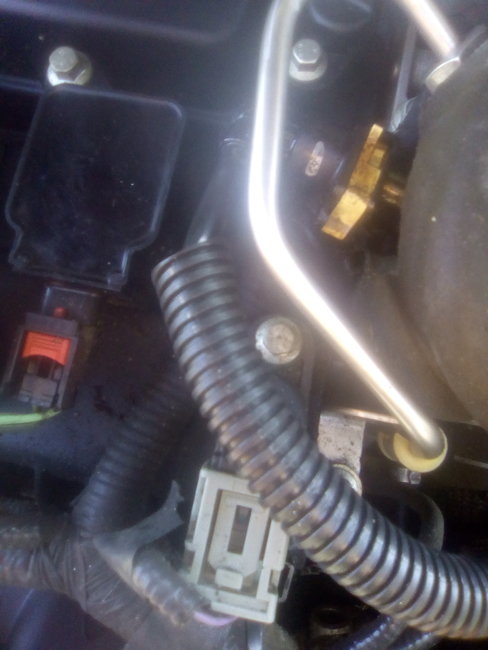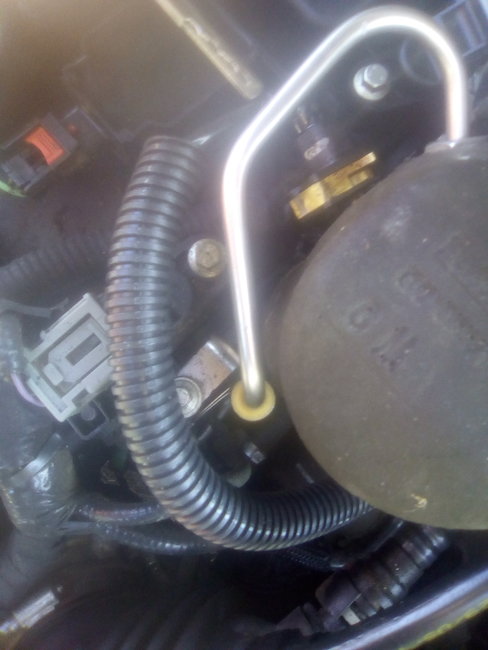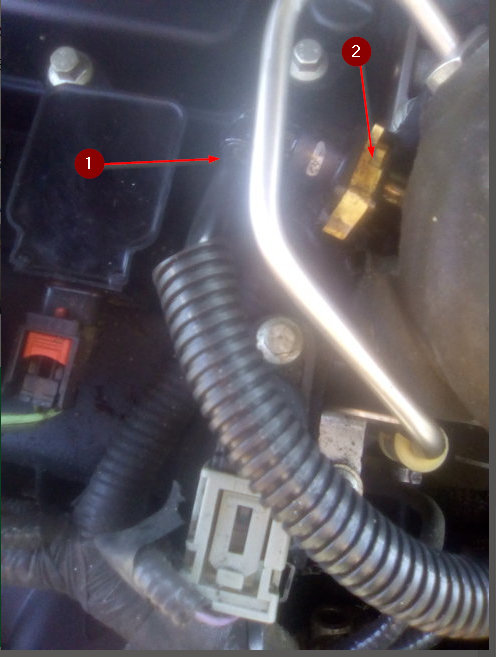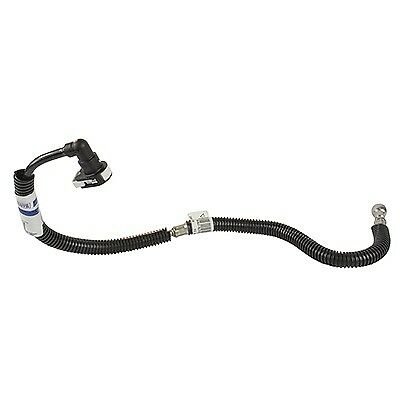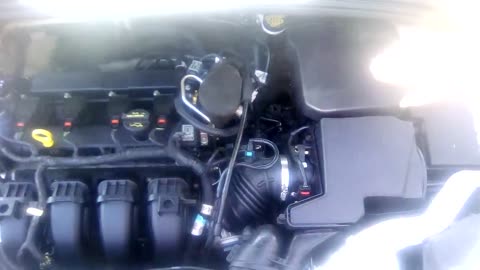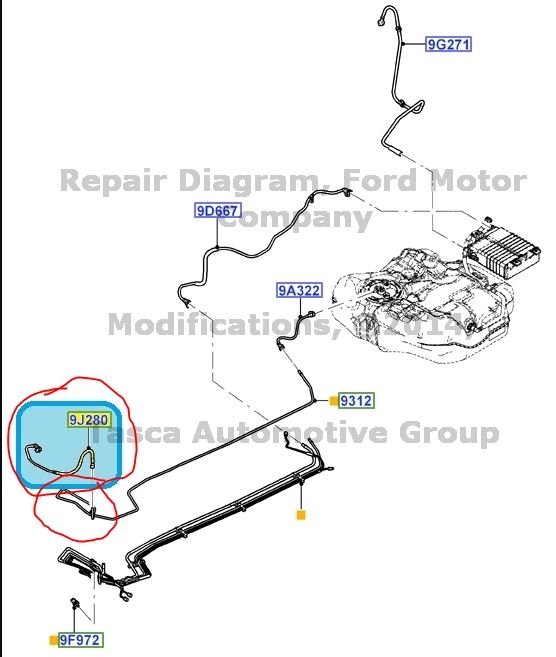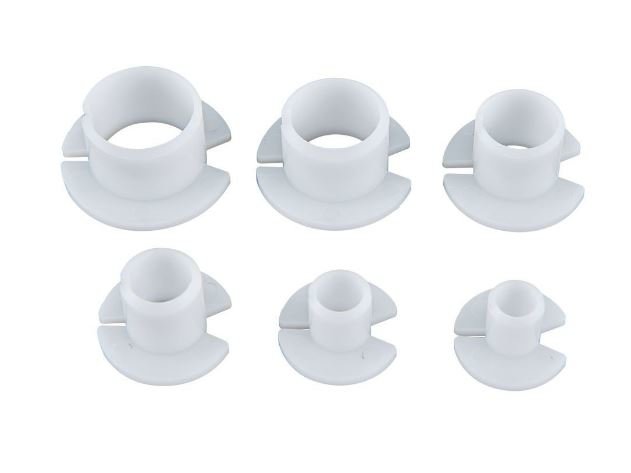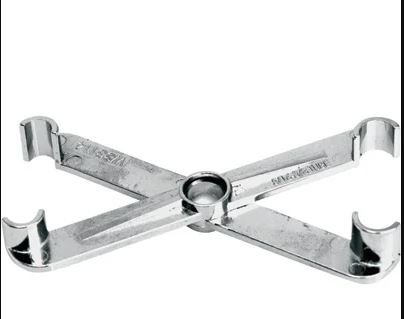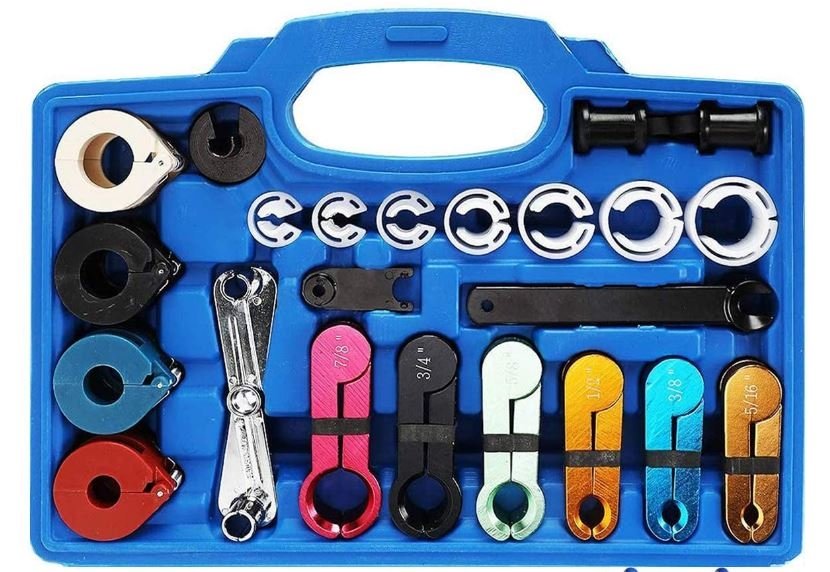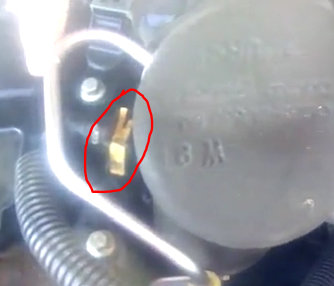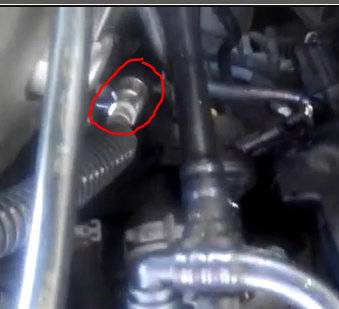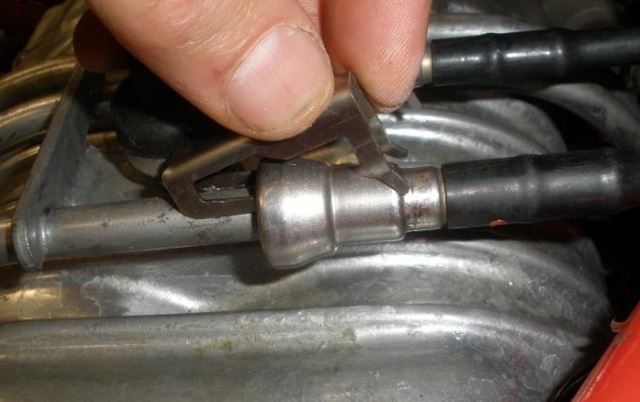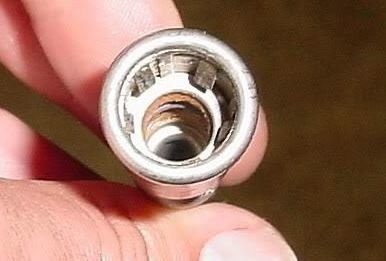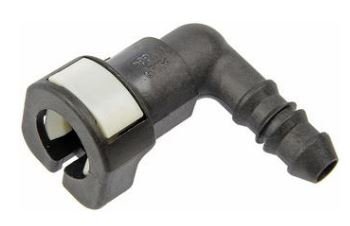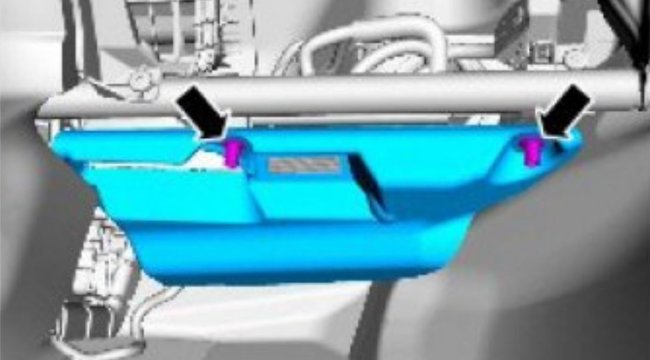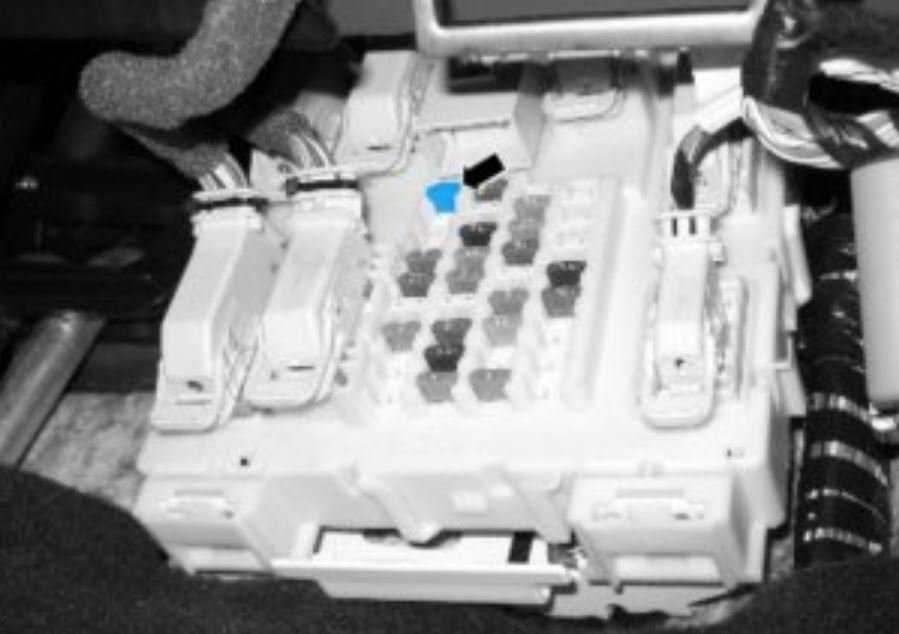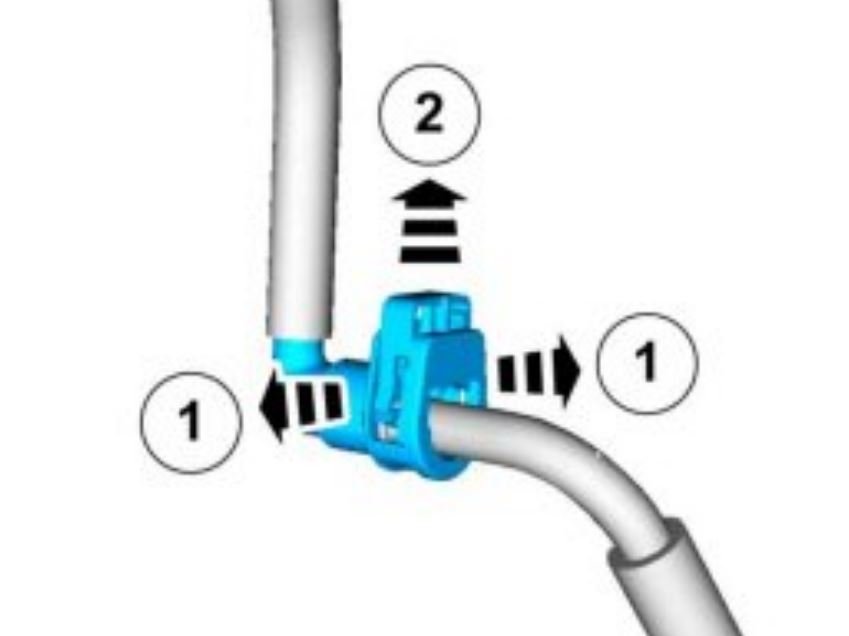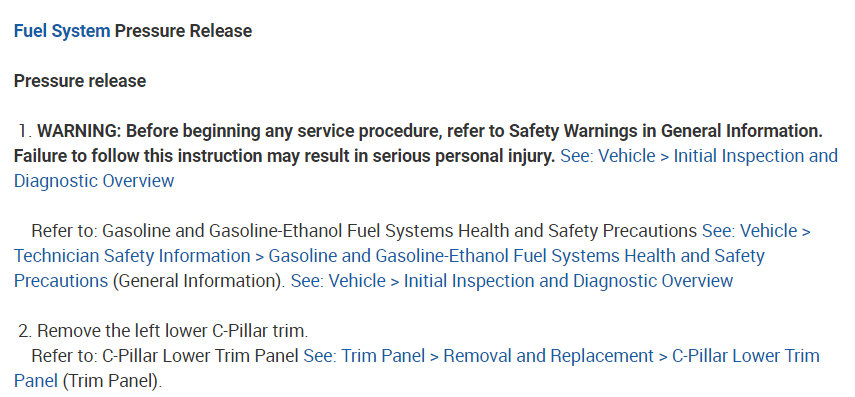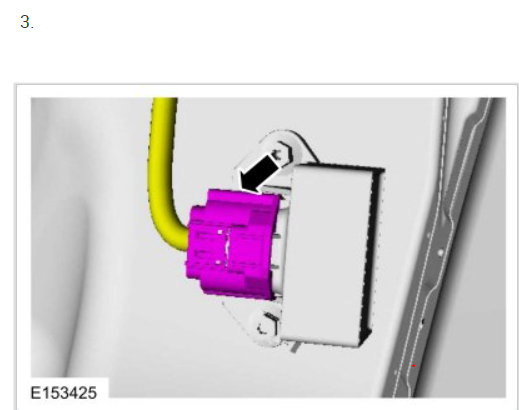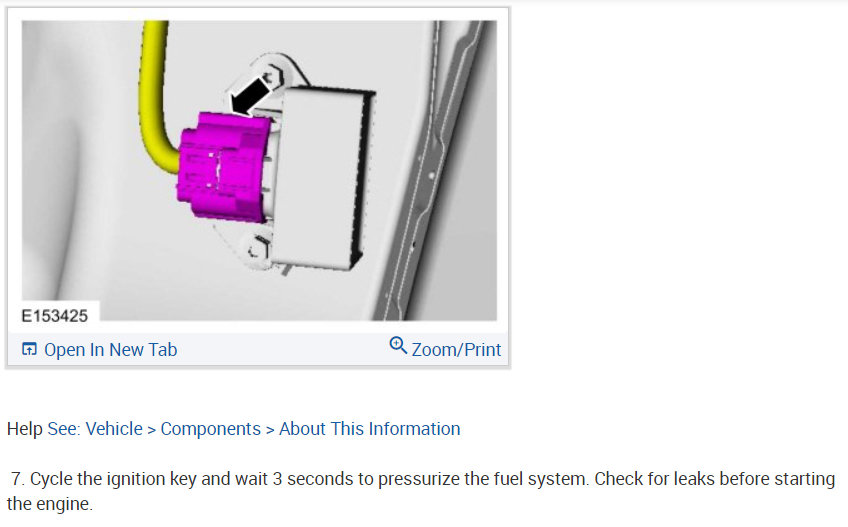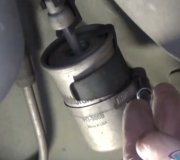Releasing the pressure is easy, you go under the dash on the passenger side and release the trim panel under it. There will be a module under it which has the fuses on it. Remove fuse number F56. That is the fuel pump module power. With the fuse out start the engine, you will get a warning on the dash about servicing the car, ignore it at the moment. Run the engine until it stalls out. Now use the key to crank the engine another 20 seconds or so to be sure the pressure is gone. Then remove and replace the line. Reinstall the fuse and use the OK button on the dash to cancel the warning message. Turn the key on wait 5 seconds, repeat that about 3 times and try to start the engine. It may take a few cranking revolutions to purge air and get fuel back to the injectors. Check the new line for any leaks, if there are none, Reinstall the trim cover. For the upper quick release you can look at the new part and see the tabs shown in the third image, those pull up and out some to release that coupler. Then it pulls off the line.
As for what a shop would charge, it depends on the shop, it isn't a hard job to do but most would probably get at least their base charge and 1/2 hour of labor.
Images (Click to make bigger)
Monday, October 19th, 2020 AT 2:27 PM
